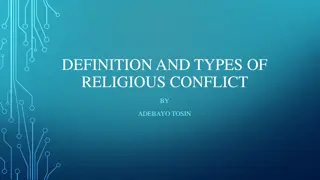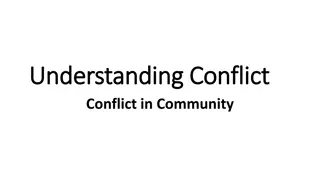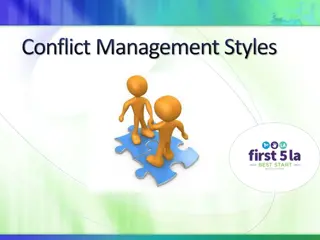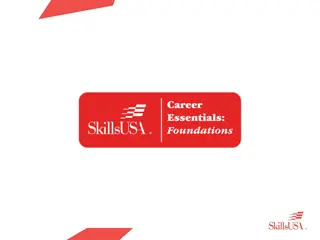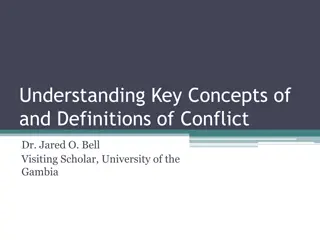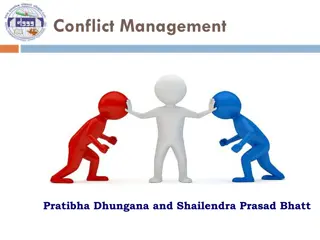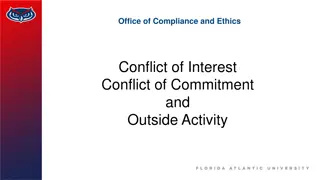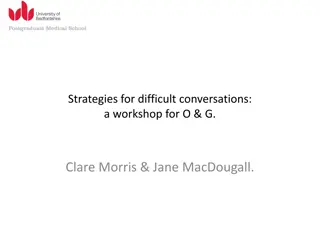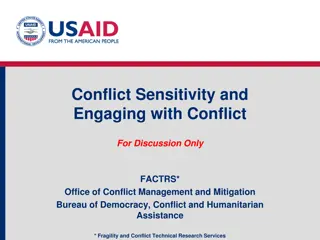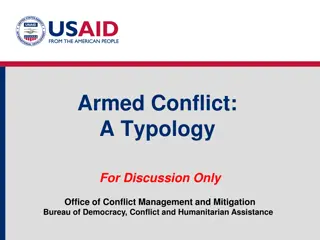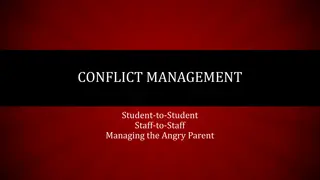Understanding Conflict in Literature
Conflict in literature refers to the struggle between opposing forces, with the protagonist (good guy) typically pitted against the antagonist (bad guy). External conflicts can include Man vs. Man, Man vs. Nature, and Man vs. Society, while internal conflicts often manifest as Man vs. Self, involving a character grappling with personal struggles such as fear, addiction, or emotional damage.
Download Presentation

Please find below an Image/Link to download the presentation.
The content on the website is provided AS IS for your information and personal use only. It may not be sold, licensed, or shared on other websites without obtaining consent from the author. Download presentation by click this link. If you encounter any issues during the download, it is possible that the publisher has removed the file from their server.
E N D
Presentation Transcript
8/30: Internal and External Conflict in Literature
What is conflict? Conflict is the struggle between opposing forces. Protagonist (good guy) is the main character in literature Antagonist (bad guy) is in conflict with the main character.
What is External Conflict? The struggle between a character and an outside force. 3 types of external conflict Man versus Man: The struggle is between two or more characters in the story. Man versus Nature: This type of conflict pits a story's main character or characters against a natural force such as a flood, predatory animal, or disease epidemic. Man versus Society: usually when the protagonist battles against the government or society.
What is Internal Conflict? The conflict between a person and himself is always called: Man versus Self: The struggle or opposition is within one character making a tough decision, for example. A character struggling to overcome fear, addiction, emotional damage or other crippling personal issue.





